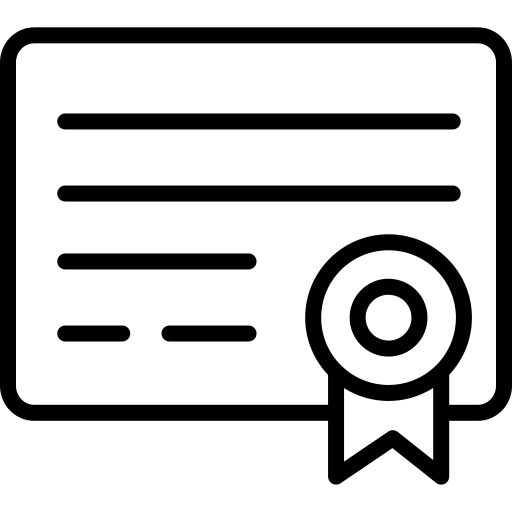Description
Python Tools for Scientists introduces you to the most popular coding tools for scientific research, such as Anaconda, Spyder, Jupyter Notebooks, and JupyterLab, as well as dozens of important Python libraries for working with data, including NumPy, matplotlib, and pandas. No prior programming experience is required. You'll set up a professional programming environment, receive a crash course on programming with Python, and tour the many tools and libraries available for working with data, creating visualizations, simulating natural events, and more. In the book's applied projects, you'll use these tools to write programs that perform tasks like simulating globular star clusters, building ships for a wargame simulator, creating an interactive science slideshow, and classifying animal species. You'll learn: •The best way to set up your computer for science and engineering work with Python Even established scientists sometimes struggle to implement Python at work, partly because so many choices are available. This book guides you through the ecosystem of Python's libraries and tools, so you can find the ones best suited to your needs. Regardless of your field of study, Python Tools for Scientists is an indispensable owner's manual for setting up and using your computer for science.
•The basics of Python programming, including the language's syntax and best practices
•The purpose of dozens of Python's most popular scientific libraries, with deep dives into NumPy, matplotlib, seaborn, pandas, and scikit-learn
•How to choose the best plotting library for your needs
 Books
Books  No Starch Press
No Starch Press
 Exclusively Paid
Exclusively Paid  17h 59m
17h 59m  No Certificate
No Certificate  472 pages
472 pages -
TypeBooks
-
ProviderNo Starch Press
-
PricingExclusively Paid
-
Duration17h 59m
-
CertificateNo Certificate
Python Tools for Scientists introduces you to the most popular coding tools for scientific research, such as Anaconda, Spyder, Jupyter Notebooks, and JupyterLab, as well as dozens of important Python libraries for working with data, including NumPy, matplotlib, and pandas. No prior programming experience is required.
You'll set up a professional programming environment, receive a crash course on programming with Python, and tour the many tools and libraries available for working with data, creating visualizations, simulating natural events, and more. In the book's applied projects, you'll use these tools to write programs that perform tasks like simulating globular star clusters, building ships for a wargame simulator, creating an interactive science slideshow, and classifying animal species.
You'll learn:
•The best way to set up your computer for science and engineering work with Python
•The basics of Python programming, including the language's syntax and best practices
•The purpose of dozens of Python's most popular scientific libraries, with deep dives into NumPy, matplotlib, seaborn, pandas, and scikit-learn
•How to choose the best plotting library for your needs
Even established scientists sometimes struggle to implement Python at work, partly because so many choices are available. This book guides you through the ecosystem of Python's libraries and tools, so you can find the ones best suited to your needs. Regardless of your field of study, Python Tools for Scientists is an indispensable owner's manual for setting up and using your computer for science.

